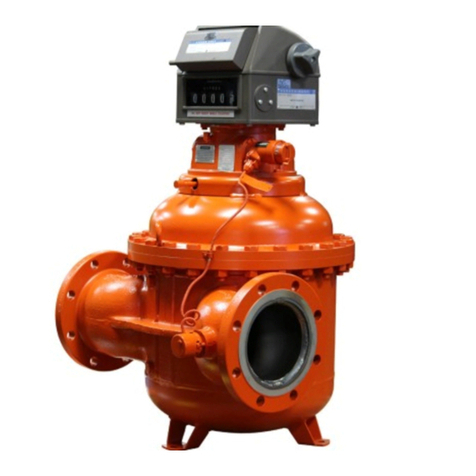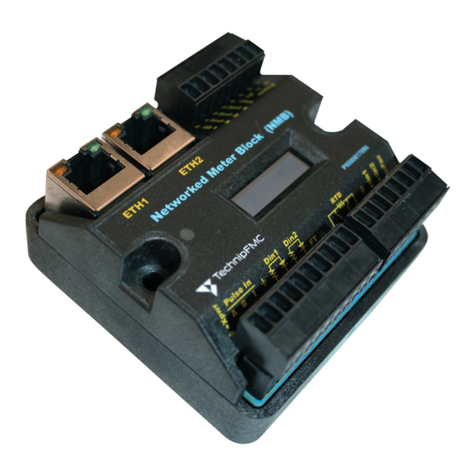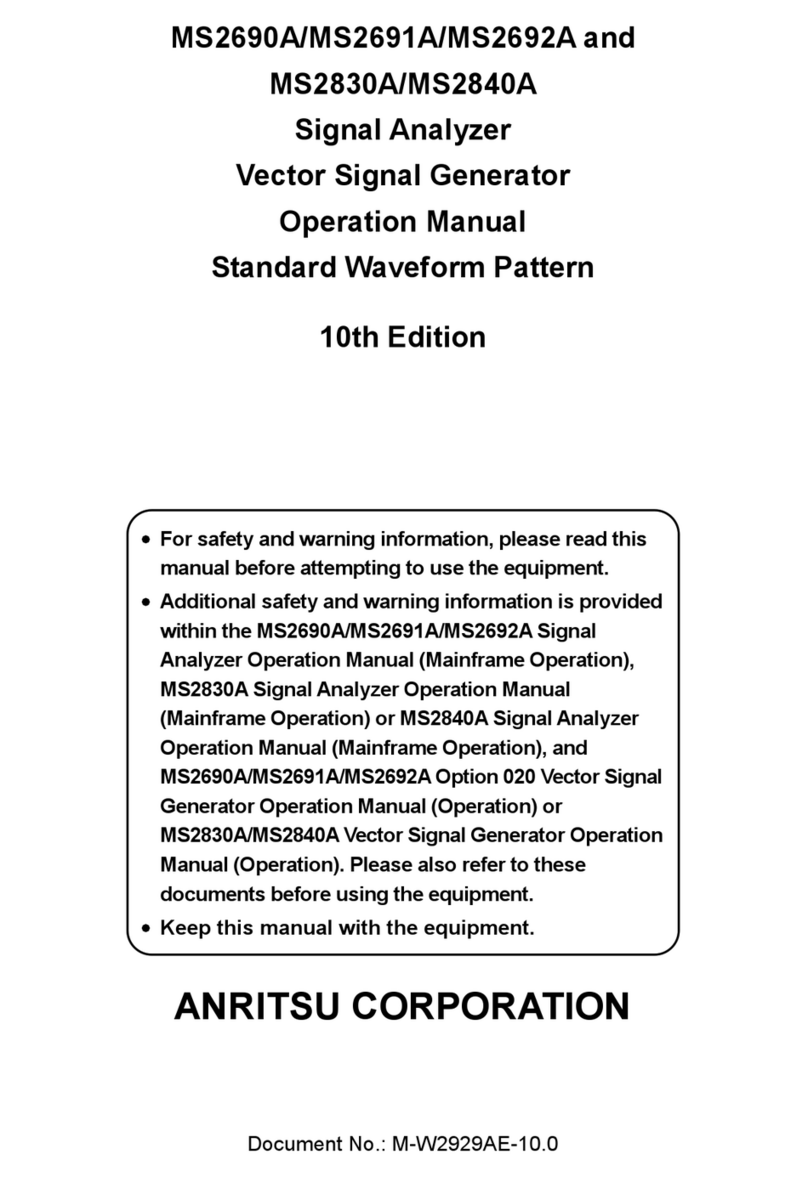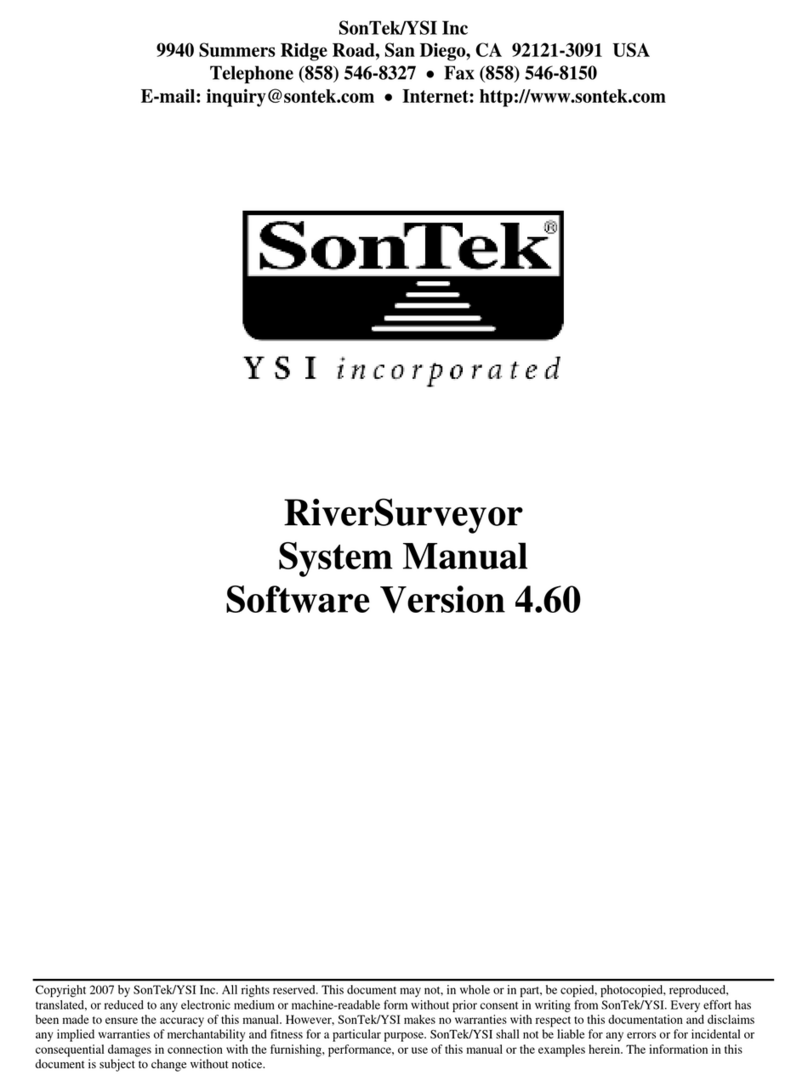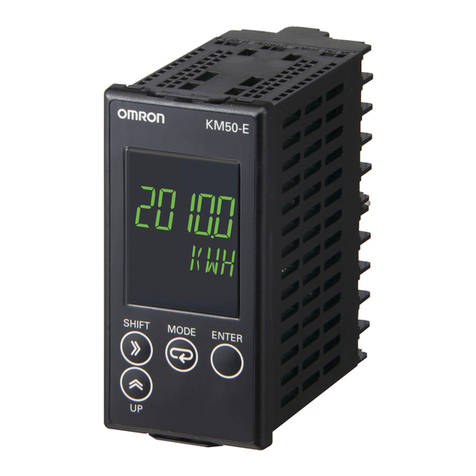TechnipFMC 4728 User manual




















This manual suits for next models
4
Table of contents
Other TechnipFMC Measuring Instrument manuals
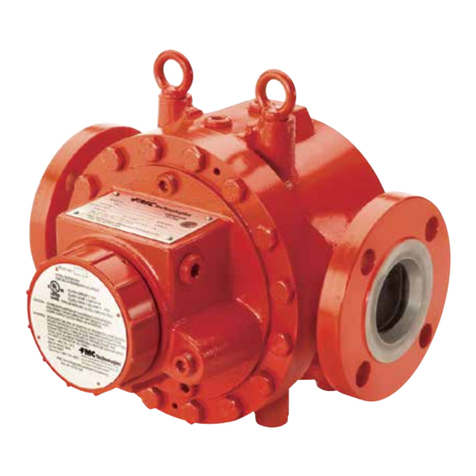
TechnipFMC
TechnipFMC Smith Meter Genesis Series User manual
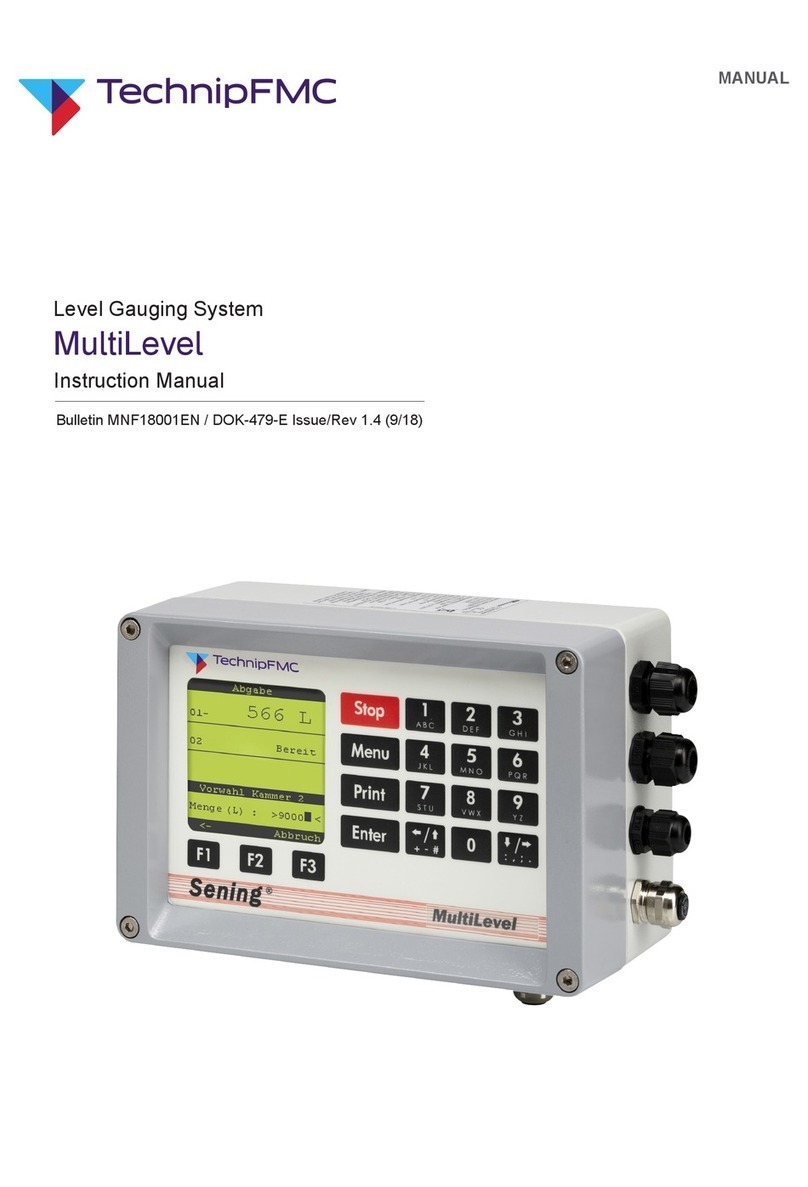
TechnipFMC
TechnipFMC Sening MultiLevel User manual

TechnipFMC
TechnipFMC Smith Meter Ultra C Series Operating and safety instructions
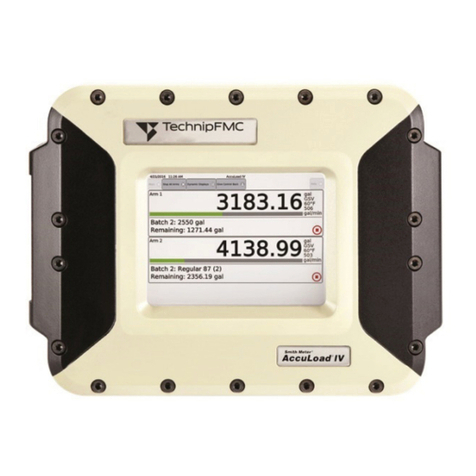
TechnipFMC
TechnipFMC Smith Meter AccuLoad IV Instruction Manual
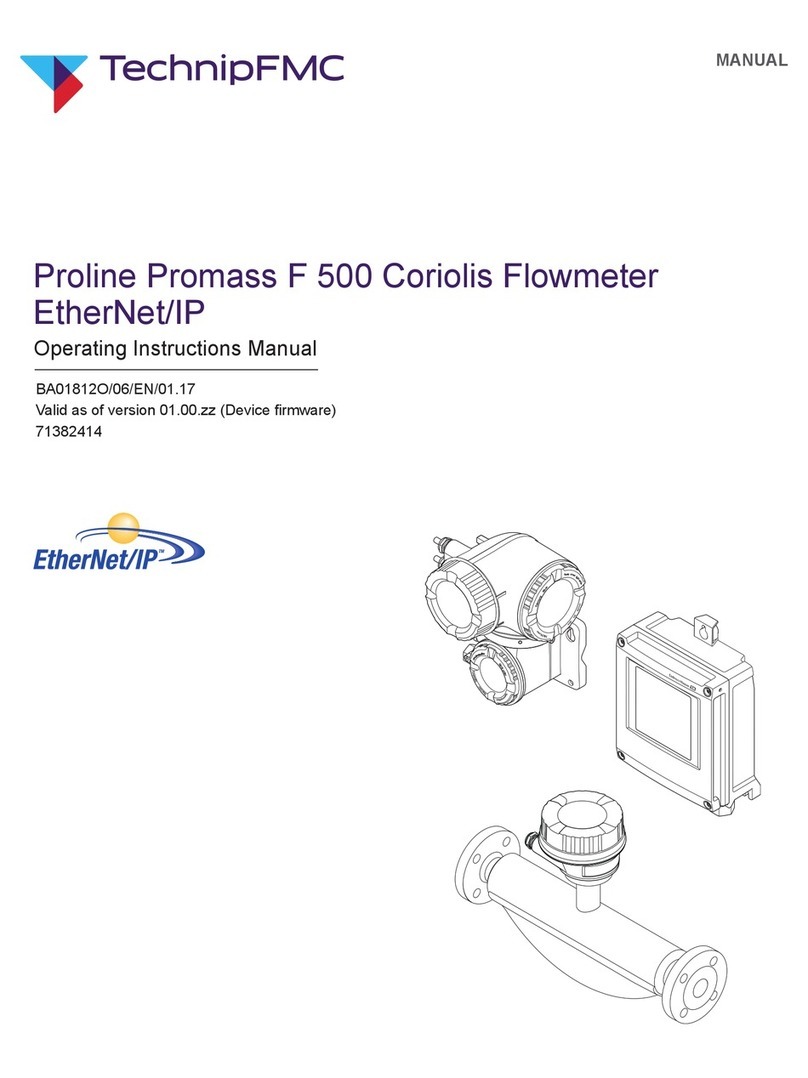
TechnipFMC
TechnipFMC Proline Promass F 500 Instruction Manual
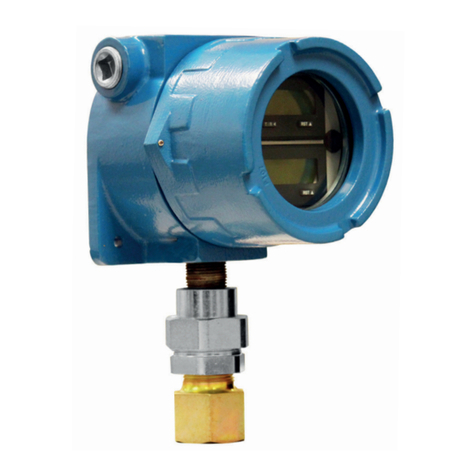
TechnipFMC
TechnipFMC Smith Meter MMRT User manual

TechnipFMC
TechnipFMC Proline Promass E 500 Instruction Manual
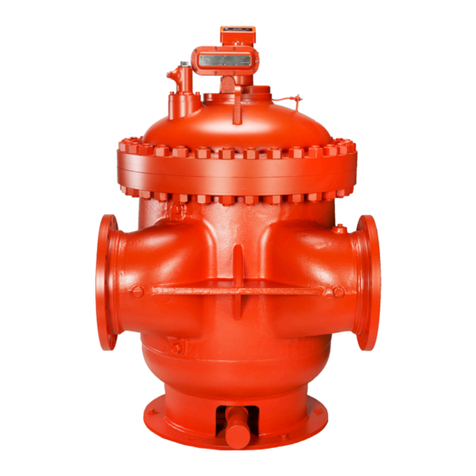
TechnipFMC
TechnipFMC Smith Meter JB10 S1 User manual
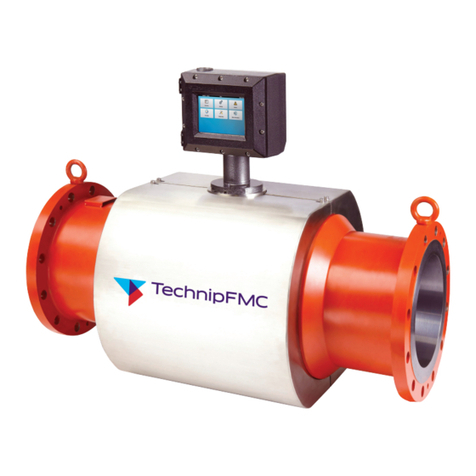
TechnipFMC
TechnipFMC Smith Meter MPU C Series Instruction manual
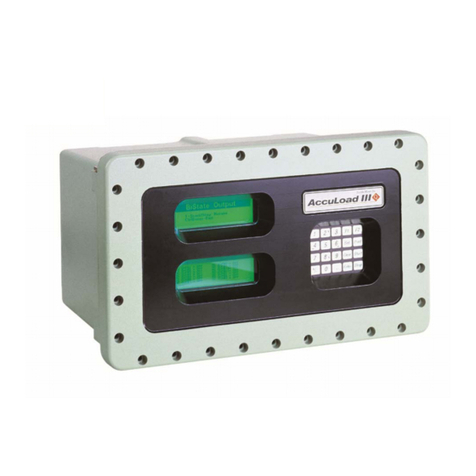
TechnipFMC
TechnipFMC Smith Meter AccuLoad III User manual
Popular Measuring Instrument manuals by other brands

Hioki
Hioki 3293-50 instruction manual
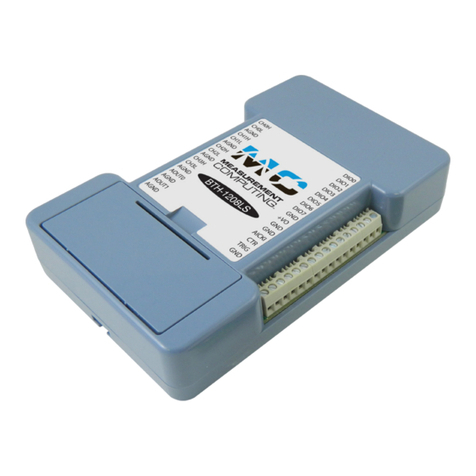
Measurement Computing
Measurement Computing BTH-1208LS user guide
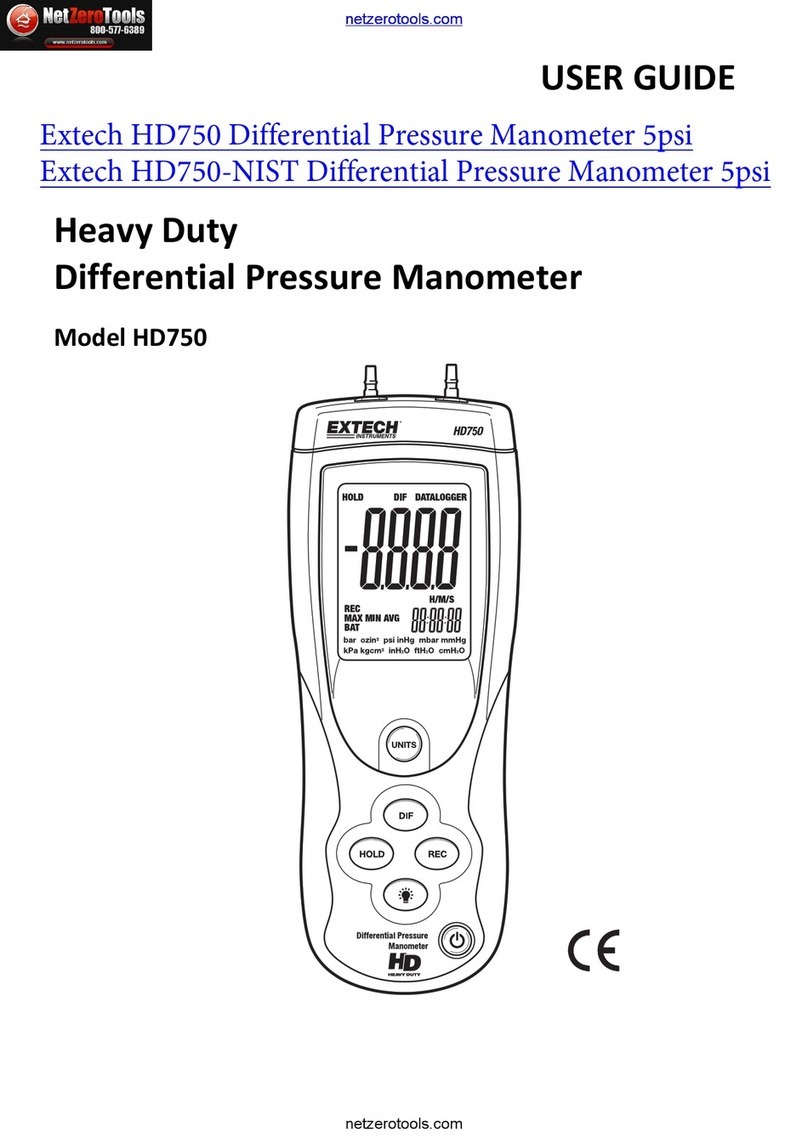
Extech Instruments
Extech Instruments HD750-NIST user guide
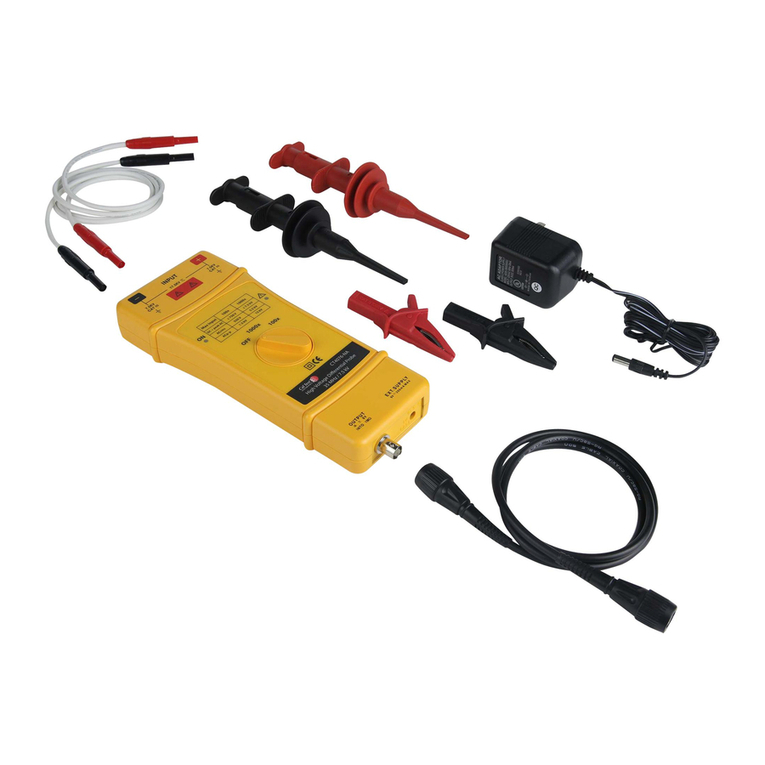
Cal Test Electronics
Cal Test Electronics CT4076-NA user manual
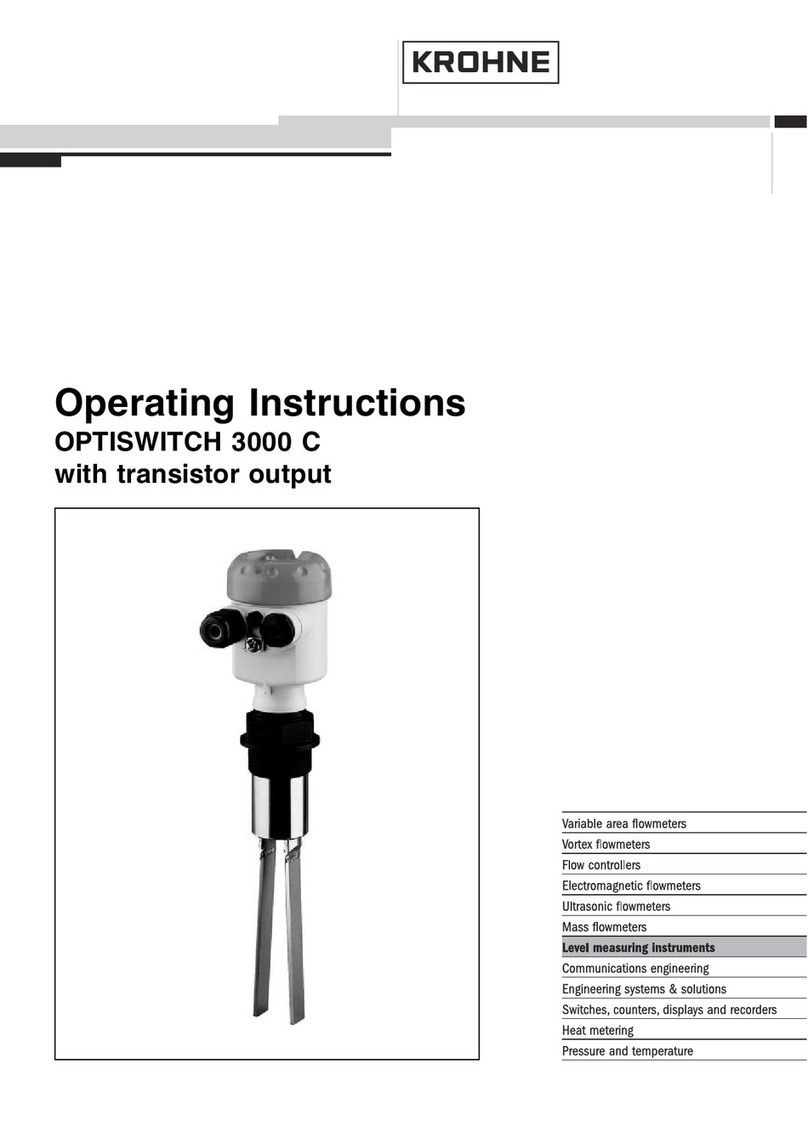
KROHNE
KROHNE OPTISWITCH 3000 C operating instructions
Freescale Semiconductor
Freescale Semiconductor Xtrinsic MMA8491Q quick start guide

ICM Controls
ICM Controls ICM400 Installation, operation & application guide
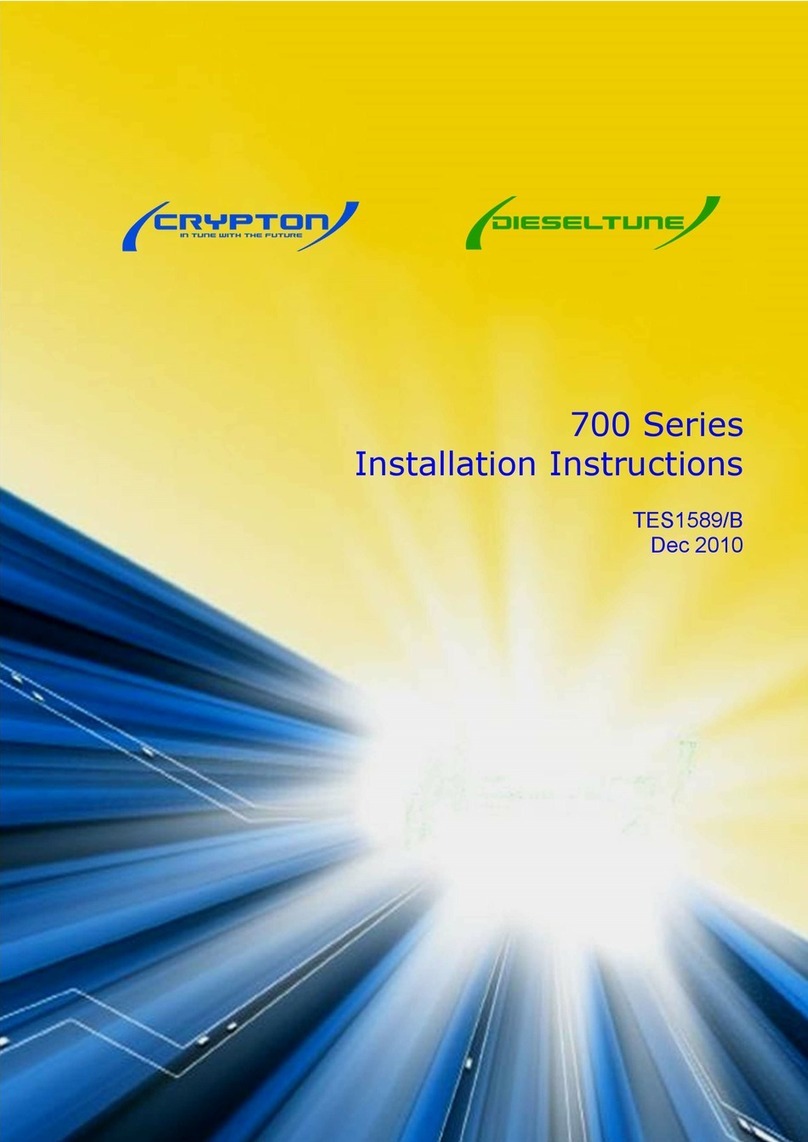
CryptOn
CryptOn 700 Series installation instructions
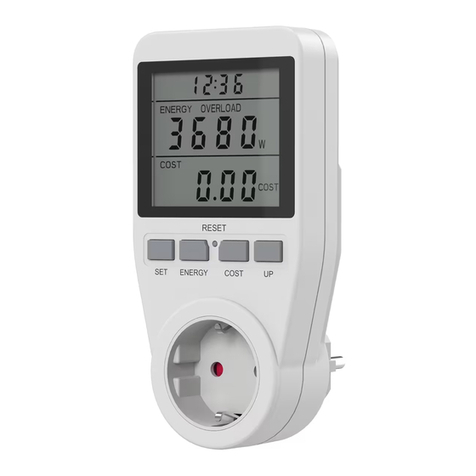
Clas Ohlson
Clas Ohlson E3182-V2 instruction manual
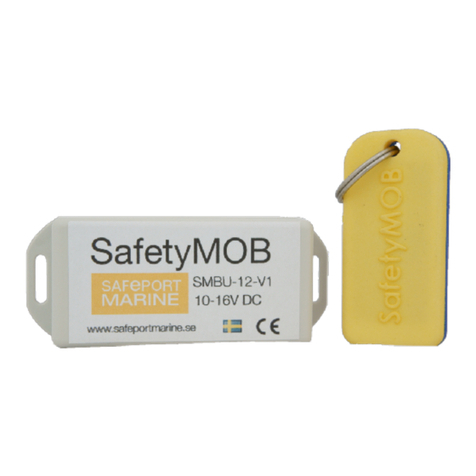
SafePort Marine
SafePort Marine SafetyMOB user manual
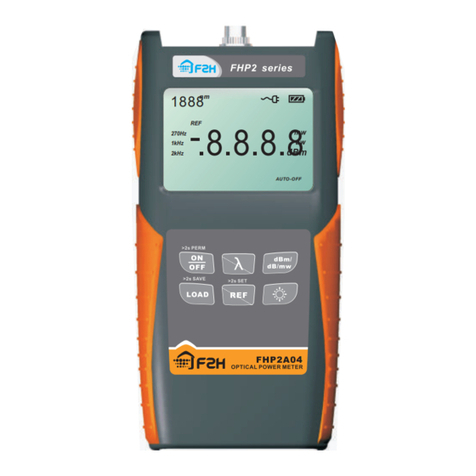
Grandway
Grandway FHP2A04 user guide
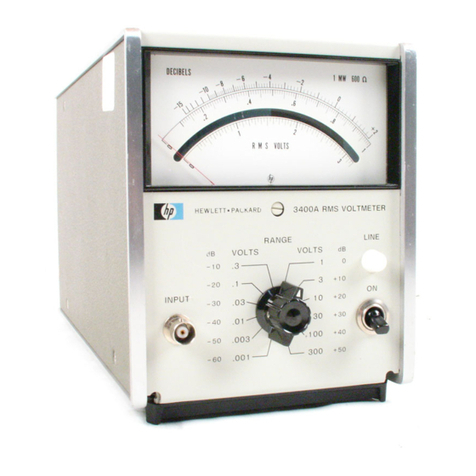
HP
HP 3400A Operating and service manual

